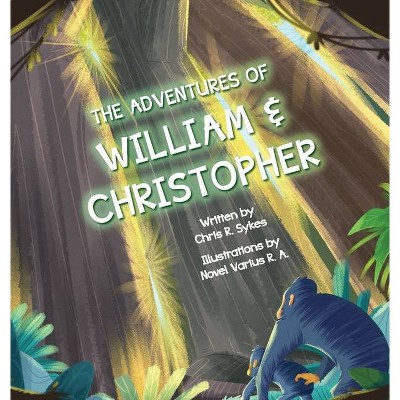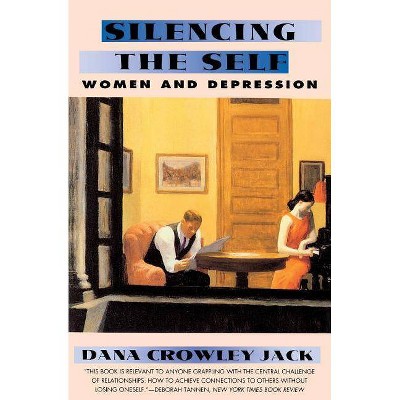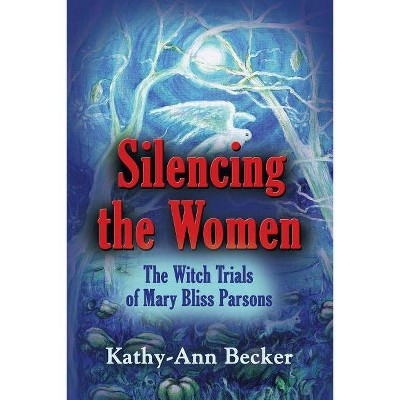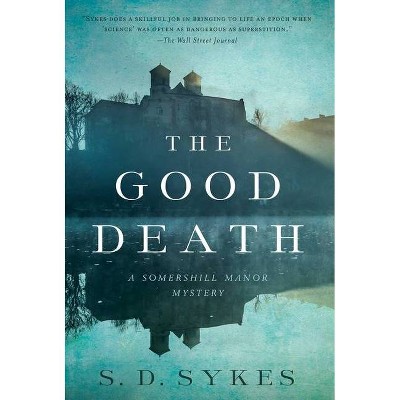Silencing the Bomb - by Lynn R Sykes (Hardcover)
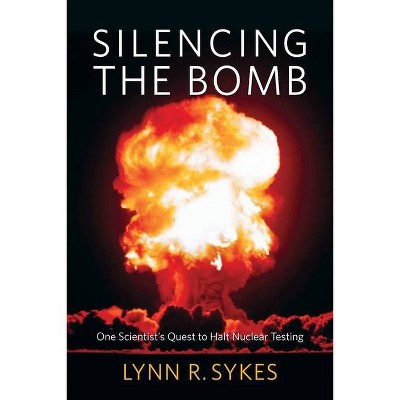
Similar Products
Products of same category from the store
AllProduct info
<p/><br></br><p><b> About the Book </b></p></br></br>The seismologist Lynn R. Sykes, a central figure in the development of the science and technology of nuclear test monitoring, has dedicated his career to halting nuclear testing. <i>Silencing the Bomb</i> tells the inside story behind scientists' quest for disarmament in a tale of intrigue, international politics, and science used for the global good.<p/><br></br><p><b> Book Synopsis </b></p></br></br>In December 2016, the Bulletin of Atomic Scientists moved their iconic "Doomsday Clock" thirty seconds forward to two and a half minutes to midnight, the latest it has been set since 1952, the year of the first United States hydrogen bomb test. But a group of scientists--geologists, engineers, and physicists--has been fighting to turn back the clock. Since the dawn of the Cold War, they have advocated a halt to nuclear testing, their work culminating in the Comprehensive Test Ban Treaty, which still awaits ratification from China, Iran, North Korea--and the United States. The backbone of the treaty is every nation's ability to independently monitor the nuclear activity of the others. The noted seismologist Lynn R. Sykes, one of the central figures in the development of the science and technology used in monitoring, has dedicated his career to halting nuclear testing. In <i>Silencing the Bomb</i>, he tells the inside story behind scientists' quest for disarmament. <p/>Called upon time and again to testify before Congress and to inform the public, Sykes and his colleagues were, for much of the Cold War, among the only people on earth able to say with certainty when and where a bomb was tested and how large it was. Methods of measuring earthquakes, researchers realized, could also detect underground nuclear explosions. When politicians on both sides of the Iron Curtain attempted to sidestep disarmament or test ban treaties, Sykes was able to deploy the nascent science of plate tectonics to reveal the truth. Seismologists' discoveries helped bring about treaties limiting nuclear testing, but it was their activism that played a key role in the effort for peace. Full of intrigue, international politics, and hard science used for the global good, <i>Silencing the Bomb</i> is a timely and necessary chronicle of one scientist's efforts to keep the clock from striking midnight.<p/><br></br><p><b> Review Quotes </b></p></br></br><br>Full of intrigue, international politics, and hard science used for the global good.--Climate and Capitalism<br><br>A good overview of the domestic politics that have surrounded nuclear test bans since their inception...useful to both technically inclined and lay audiences.--Science<br><br>A unique historical view for those who wish to learn more about the intersection of science and treaty negotiation.--Arms Control Today<br><br>When he signed the Comprehensive Test Ban Treaty in 1996, President Bill Clinton called it 'the longest-sought, hardest-fought prize in arms control history.' Lynn R. Sykes was one of the leading scientists in that half-century-long battle. Although testing has stopped--except in North Korea--Republican opposition has blocked ratification of this treaty in the U.S. Senate. Sykes' lucid inside accounts of the science underlying the detection of nuclear testing and the battles over the test ban's verifiability are therefore not just of historical interest but also relevant to contemporary concerns.--Frank von Hippel, cofounder, Program on Science and Global Security, Princeton University<br><br>Lynn R. Sykes has a long record of using seismology to study the important question of how to differentiate nuclear explosions from earthquakes. That experience makes him uniquely qualified to present this cautionary tale about the sclerotic process by which well-founded scientific insight filters its way into the politically loaded formulation of national policy--particularly defense policy.--Daniel Davis, Stony Brook University<br><p/><br></br><p><b> About the Author </b></p></br></br>Lynn R. Sykes is Higgins Professor Emeritus of Earth and Environmental Sciences at Columbia University's Lamont-Doherty Earth Observatory. He is renowned for his contributions to the science of seismology, especially plate tectonic theory. He is a member of the National Academy of Sciences of the United States.
Price History
Cheapest price in the interval: 37 on November 8, 2021
Most expensive price in the interval: 37 on December 20, 2021
Price Archive shows prices from various stores, lets you see history and find the cheapest. There is no actual sale on the website. For all support, inquiry and suggestion messagescommunication@pricearchive.us



